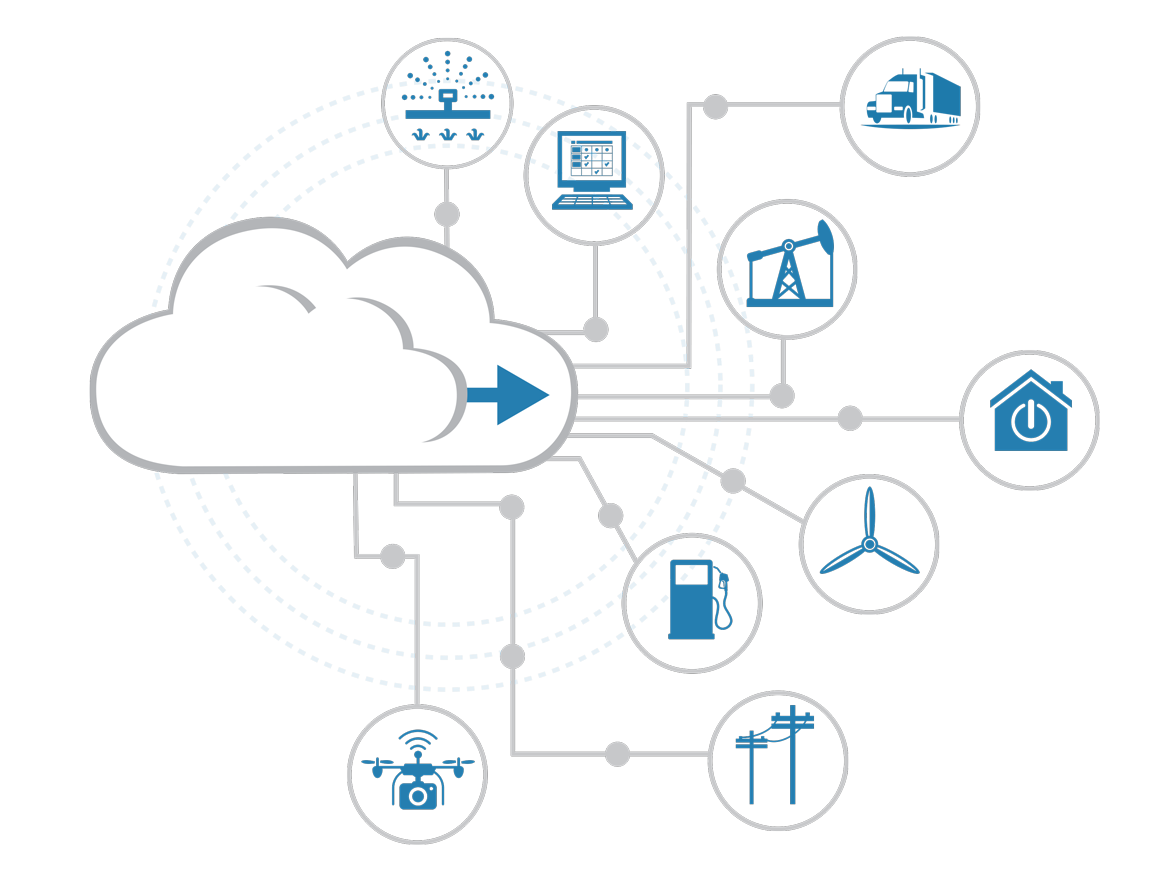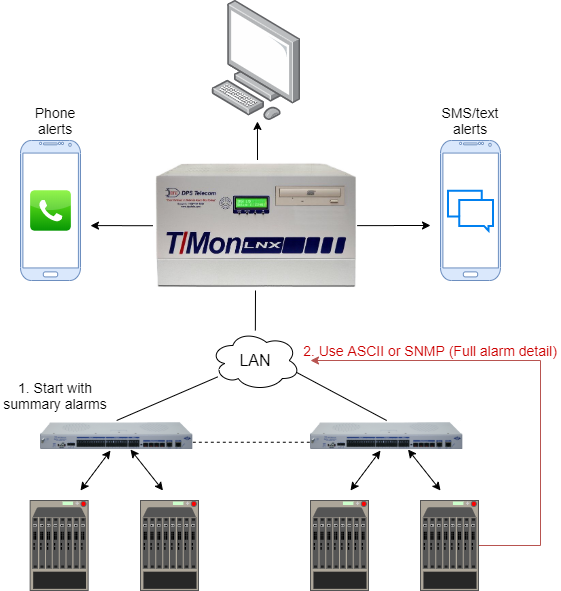Remote IoT Device Updates: A Complete Guide & Examples
Ever pondered how to fix a glitch on a device thousands of miles away without physically touching it? The ability to remotely update IoT devices is not just a convenience; its a necessity for modern deployments, ensuring seamless functionality and robust security across vast networks.
Remote updating of IoT devices allows for modifications, upgrades, and fixes to be applied without the need for physical access. Whether it's a simple software tweak, a crucial security patch, or a full-scale firmware overhaul, these updates can be deployed over the air (OTA), ensuring devices remain current and secure, no matter their location. This capability is especially crucial when devices are situated in inaccessible or hazardous environments.
| Attribute | Description |
|---|---|
| Definition | Remote update of IoT devices refers to the process of updating the software or firmware on an IoT device from a remote location, without requiring physical access to the device. |
| Necessity | Essential for devices deployed in hard-to-reach or dangerous locations. Critical for maintaining device security and functionality over long periods. |
| Update Types | Firmware updates, security patches, configuration file adjustments, and factory resets. |
| Implementation | Involves implementing a firmware update object (/5) with functionalities for conducting the update and reporting the status. |
| Supported Clients | Several LwM2M clients natively support firmware updates, including Avsystems Anjay. |
| Update Process |
|
| Security | Cryptographic code signing is essential for secure IoT device upgrades to prevent unauthorized modifications. |
| Benefits |
|
| Challenges |
|
| Example Platform | Socketxp offers a platform for remotely managing, monitoring, accessing, updating, and controlling IoT devices. |
The importance of remote updates becomes evident when considering the practicalities of managing a fleet of IoT devices. Imagine deploying sensors in remote forests to monitor environmental conditions, or installing smart meters across a sprawling urban landscape. Physically accessing each device for routine maintenance or critical updates would be prohibitively expensive and time-consuming. Remote update capabilities bypass these logistical nightmares, allowing administrators to push updates from a central location, ensuring all devices are operating on the latest software versions with minimal disruption.
- Your Guide To Streaming Bollywood 9xmovies More Year
- Filmyfly Hindi Dubbed Movies Your 2025 Guide More
One key aspect of a robust remote update system is the method by which the IoT device receives the update. Typically, the device establishes a connection to the internet and downloads the necessary files directly from a remote server. This could be a dedicated update server or, more commonly, a cloud-based service that leverages secure telemetry channels already in place for data transmission. The choice of method often depends on factors such as bandwidth availability, security requirements, and the complexity of the update process.
The types of updates that can be performed remotely are varied. Firmware updates are perhaps the most significant, as they involve rewriting the core operating system of the device. These updates can address critical bugs, improve performance, or add new features. Security patches are equally vital, safeguarding devices against emerging threats and vulnerabilities. Configuration file adjustments allow for fine-tuning device settings without requiring a complete firmware update, while factory resets can restore a device to its original state in case of malfunction or compromise.
Implementing remote update capabilities requires careful attention to detail. A common approach involves utilizing a firmware update object, such as the \/5 object in the Lightweight M2M (LwM2M) protocol. This object encapsulates all the essential functionalities for conducting the update, including initiating the download, verifying the integrity of the update package, and reporting the status of the update process. Several LwM2M clients, like Avsystems Anjay, natively support this firmware update object, simplifying the integration of remote update features into IoT devices.
- Filmyfly Justwatch Stream Bollywood Hollywood More In India 2024
- Shanin Blake Onlyfans Leak The Truth Aftermath 2024 Update
However, the process is not without its challenges. One of the most critical considerations is security. Given the potential for malicious actors to exploit vulnerabilities in the update process, cryptographic code signing is essential. This ensures that only authorized updates are installed on the device, preventing the execution of malicious code. Additionally, secure data transfer protocols, such as TLS/SSL, must be used to protect the update package during transmission.
Beyond security, the reliability of the update process is paramount. IoT devices often operate in environments with unreliable network connectivity, making it crucial to design the update mechanism to be resilient to interruptions. This may involve implementing features such as resumeable downloads, checksum verification, and rollback mechanisms that allow the device to revert to a previous firmware version in case of a failed update.
The update process itself typically involves several steps. First, the IoT device becomes aware that an update is available, either through a push notification from the server or by periodically polling for updates. Once an update is detected, the device securely downloads the update image from the designated server. The device then verifies the integrity of the update package and initiates the update process. During the update, the device must be capable of handling the entire procedure, including recovering from any potential failures. This requires sufficient processing power and memory to execute the update and manage any rollback operations.
Different platforms and operating systems may require different approaches to remote updates. For example, updating a Raspberry Pi remotely involves different steps and tools compared to updating a microcontroller-based sensor. However, the underlying principles remain the same: secure, reliable, and efficient delivery of updates to ensure device functionality and security.
Several platforms and tools are available to facilitate remote IoT device management and updates. Socketxp, for example, provides a comprehensive platform for remotely managing, monitoring, accessing, updating, and controlling IoT devices. Other platforms, such as Device Update for Azure IoT Hub and IoT Plug and Play, offer similar capabilities, allowing developers to seamlessly integrate remote update functionality into their IoT solutions.
The benefits of remote updates extend beyond mere convenience. They enable proactive maintenance, allowing administrators to address potential issues before they impact device performance. They facilitate the rapid deployment of security patches, mitigating the risk of exploitation. And they enable the addition of new features and capabilities, extending the lifespan and value of IoT devices.
However, the ability to remotely update IoT devices also introduces new security challenges. The update process itself can become a target for attackers, who may attempt to inject malicious code into the update package or intercept the update process to gain control of the device. Therefore, it is crucial to carefully consider the security implications of remote updates and implement appropriate safeguards to protect against these threats.
When designing a remote device update manager, several aspects should be considered. These include secure boot mechanisms, which ensure that only authorized code is executed on the device; cryptographic code signing, which verifies the integrity of the update package; secure communication protocols, which protect the update package during transmission; and robust error handling, which allows the device to recover from update failures.
The complexity of a successful OTA (Over-The-Air) update requires careful coordination between IoT hardware, device firmware, network connectivity, and an IoT device cloud. Each component must work seamlessly together to ensure a smooth and reliable update process.
Message Queuing Telemetry Transport (MQTT) is a communication architecture commonly used in IoT deployments. It provides a lightweight and efficient way for devices to communicate with the cloud, facilitating the delivery of updates and other command-and-control messages.
In summary, remote updates are a critical capability for modern IoT deployments. They enable proactive maintenance, rapid security patching, and the addition of new features, extending the lifespan and value of IoT devices. However, they also introduce new security challenges that must be carefully addressed. By implementing robust security measures and utilizing appropriate platforms and tools, organizations can harness the power of remote updates to ensure the ongoing functionality and security of their IoT devices.
Statista reports that 156.51 million smartwatches were sold worldwide in 2024, showcasing their growing adoption. Large IoT networks often comprise devices with varying hardware, operating systems, and communication protocols. Platforms like Socketxp enable secure troubleshooting and resolution of device issues from anywhere using SSH, VNC, port forwarding, and remote bash commands. These platforms offer remote control over fleet devices, even those in private networks or behind firewalls.
For those using Device Update for Azure IoT Hub, reviewing proxy updates is essential. A test device or virtual machine, such as an Ubuntu Server 18.04 LTS VM, can be used as an example to set up and test update procedures.
- 9xmovies 9movies Free Movie Streaming Is It Legal Find Out
- Alana Cho The Hottest Porn Leaks And Onlyfans Content

IoT Platform for Remote Software Updates Update Factory Kynetics

Comprehensive Guide To RemoteIoT Monitoring Devices Examples

Revolutionize With Remote Update IoT Your Devices, Your Rules